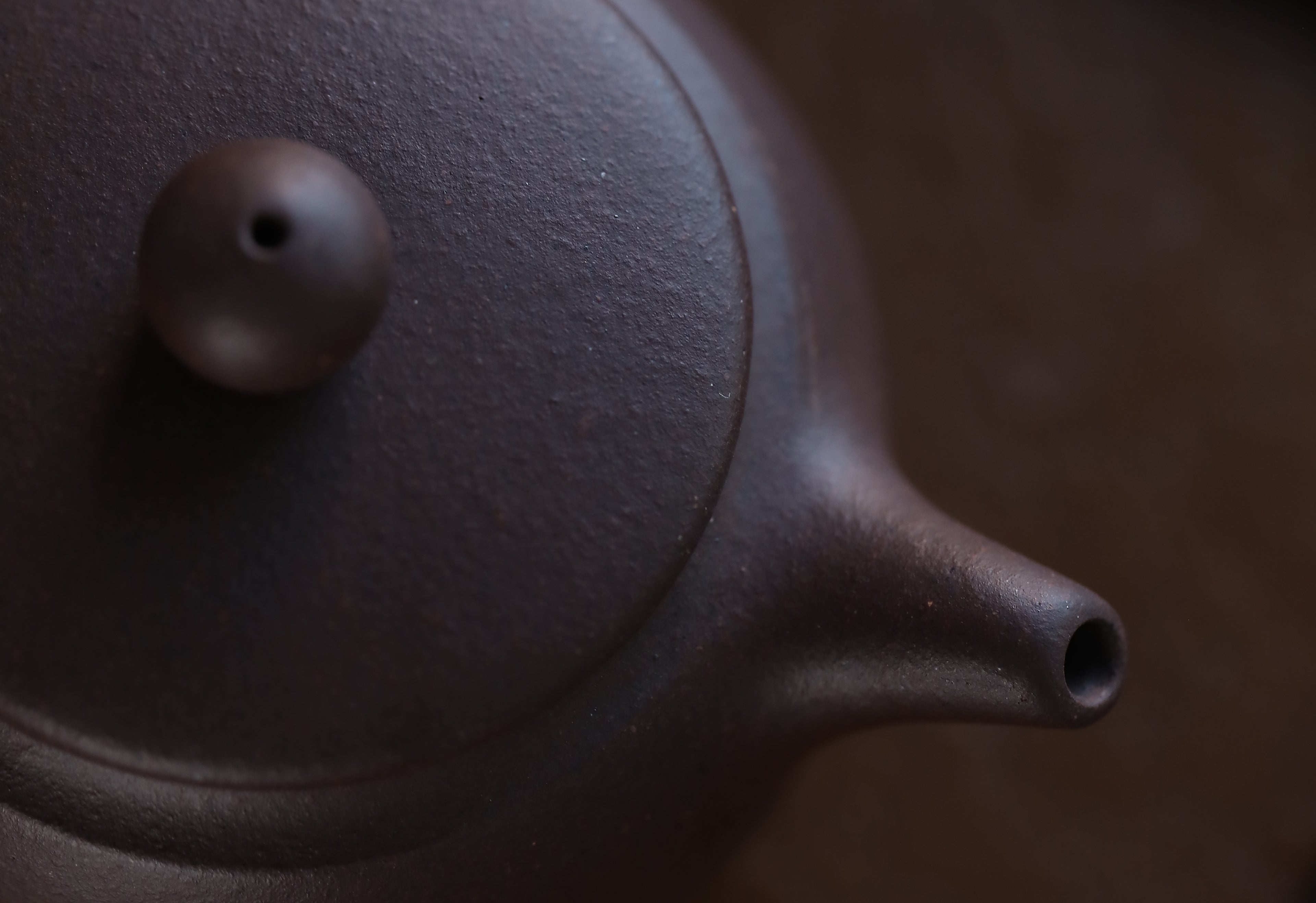‘Lao Zini’, ‘Lao Zhuni’, ‘Lao Duanni’ - “Lao” 老 or “old” clays are frequently echoed by eager zisha collectors, yet one can only wonder if they truly understand the context behind the word. Unsurprisingly, of course, zisha enthusiasts are not alone in finding “old” clay special, as there have been many merchants and craftsmen in the prolific zisha market who were just as quick to join and encourage the trend! It is for this very reason that misinformation on “old” clay have since spread like wildfire and further emboldened deceitful sellers to falsely designate any remotely aged clay as “old” or “lao”. So what, indeed, is “old” clay? Let’s clarify…
I. From a geological perspective…

The formation of zisha ore is a process that takes millions of years to complete, though the history of zisha craft, itself, spans only as far back as the Song Dynasty - merely a few hundred years old and a blink of an eye compared to the geological formation of the ore! Therefore, “old” and “new” clay cannot exactly be defined.
In addition, the nature of zisha mining and processing renders it surely unsustainable (i.e., closure of mines, such as Huang Long Shan No. 4 mine in 2005, due to excessive mining and groundwater infiltration), making pure and authentic zisha extremely rare. With clays such as Ben Shan Lv Ni from the No. 4 mine showing no signs of price decrease, nor Di Cao Qing decreasing in popularity in the foreseeable future, merchants have become more savvy and have thus added “lao” 老 into the description of their clays as an artificial incentive. Furthermore, the pervasive disinformation in the zisha market and excessive dishonesty of merchants with their claims of unbounded access to authentic Ben Shan Lv Ni and Di Cao Qing have further fueled the growing scam! As such, collectors must think twice before purchasing from sellers who claim their teapots are made of “old”, extremely rare clay, but are strangely being sold for a bargain.
II. From an ore-mining perspective…

There is no such thing as “old” or “new” ore.
III. From a clay-processing perspective…

Many enthusiasts like to use the length of aging time (e.g., “aged for 40 years”) to distinguish between “old” and “new” zisha, as it is said that the longer the clay is aged, the better the clay’s performance. Indeed, clay aged for a longer time may form and retain shapes easier, while its “water color” 水色 may exhibit an elegantly bold sheen and an alluring gloss; this, however, does not necessarily, nor directly, pertain to the age of clay!
In fact, from a processing point of view, zisha ores that are referred to as “old” may allude to its relatively high mica content, which can add a sandier texture to the clay and call for a higher firing temperature in order to produce a “tender” clay. Indeed, the term “old” in clay-processing simply refers to the characteristics of the clay, and not its relative age.
III. From an aging perspective…

The complete zisha processing and manufacturing briefly entails - mining, selection, weathering, grounding, sifting/filtering/meshing, mixing (with water), formation (into blocks), storage, and eventually, aging. It is worth noting that zisha is unlike any other clays in the market, particularly due to its unique aging and fermentation process. Specifically, while aging, the organic matter in the clay gradually decays, thus producing organic acids that cause the clay to gelatinize - an incredibly vital stage which dictates the malleability of the clay.
A well-fermented clay will develop a jade-like patina, a warm appearance, and soft/smooth texture. Additionally, clay that has undergone proper fermentation will have a reduced chance of damage and complication during firing. Therefore, it is objectively imperative for clay to be aged correctly and for longer, and is in no way a matter of choice or preference!
IV. From a general perspective…

There are certainly various factors that can equate to a high-quality zisha; first, one must consider the origin of the ore (i.e., in which mine) above all else, as this will determine its quality; second, one must be aware of how the clay was processed and what techniques were employed; and lastly, one must account for the length of time the clay was aged. All three factors must be considered before deciding if the clay is indeed high grade or worth the cost. One must consider that at any point in time, ores can be extracted from low quality (or multiple) mines, processed poorly, though aged for over 40 years, and will still yield inferior clay! Alternatively, a high quality ore derived from one of the best mines, processed skillfully, though aged only for a few years will likely yield a far better product than the clay aged for over 40 years!
Collectors must also remember that the use of the term “lao,老” (old) with zisha mainly refers to its rarity and characteristic. As such, be wary of merchants that zealously refer to their clay as “lao” —this is but a way to entice uninformed enthusiasts to exorbitantly pay for low-quality teapots that would otherwise be sold for much less.

